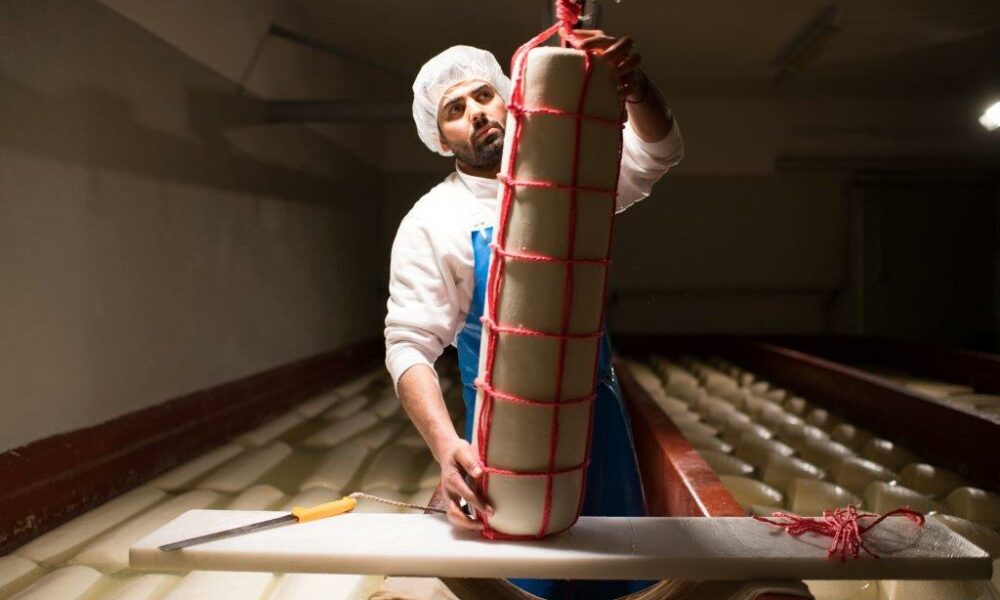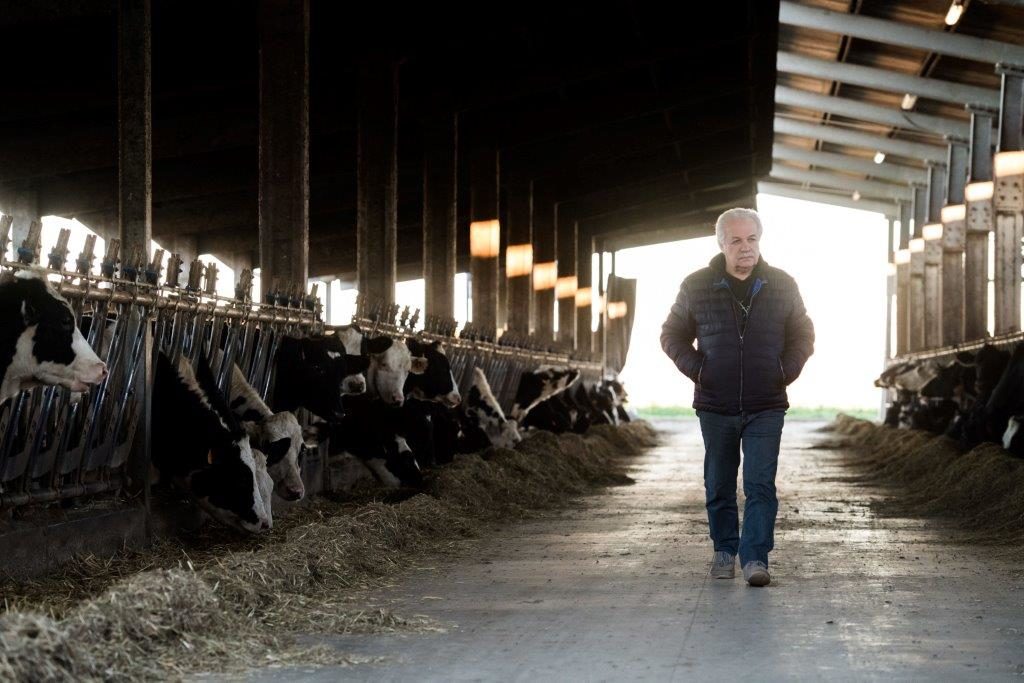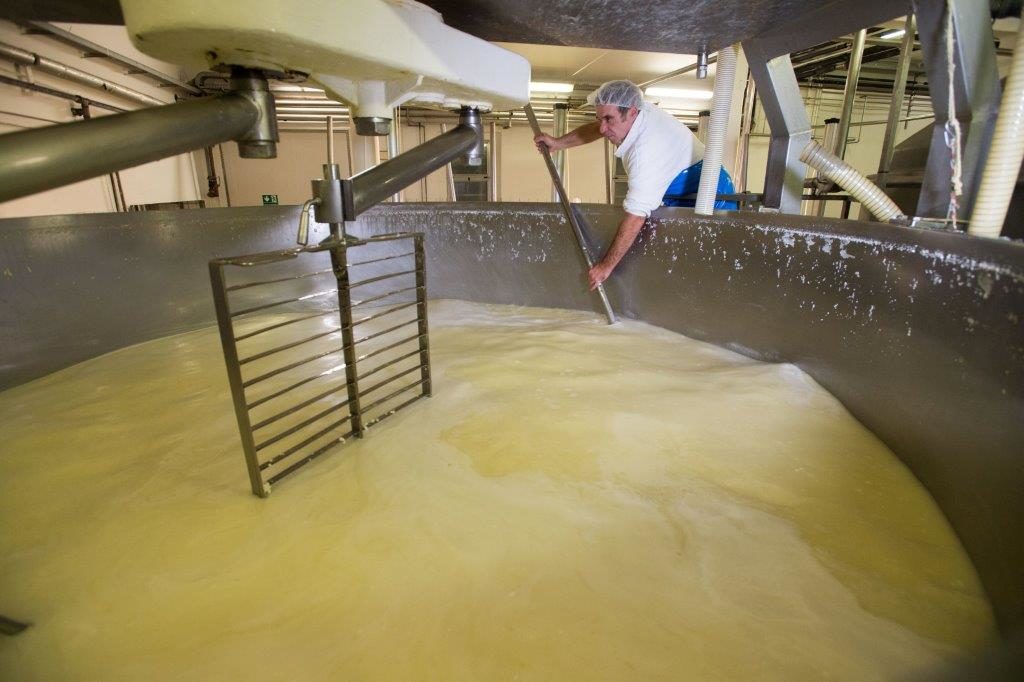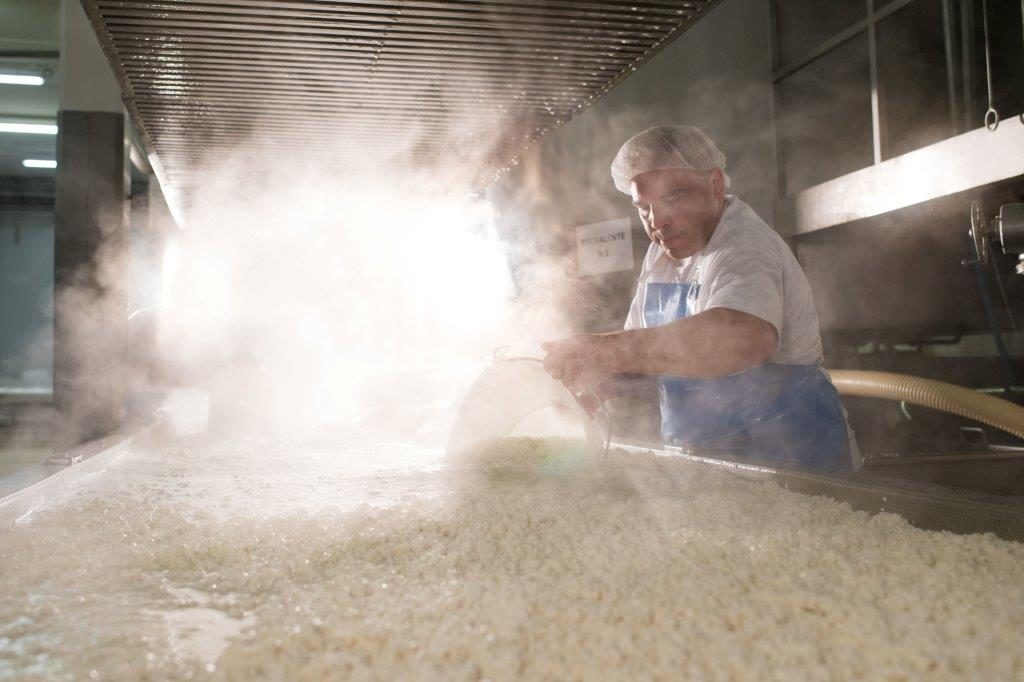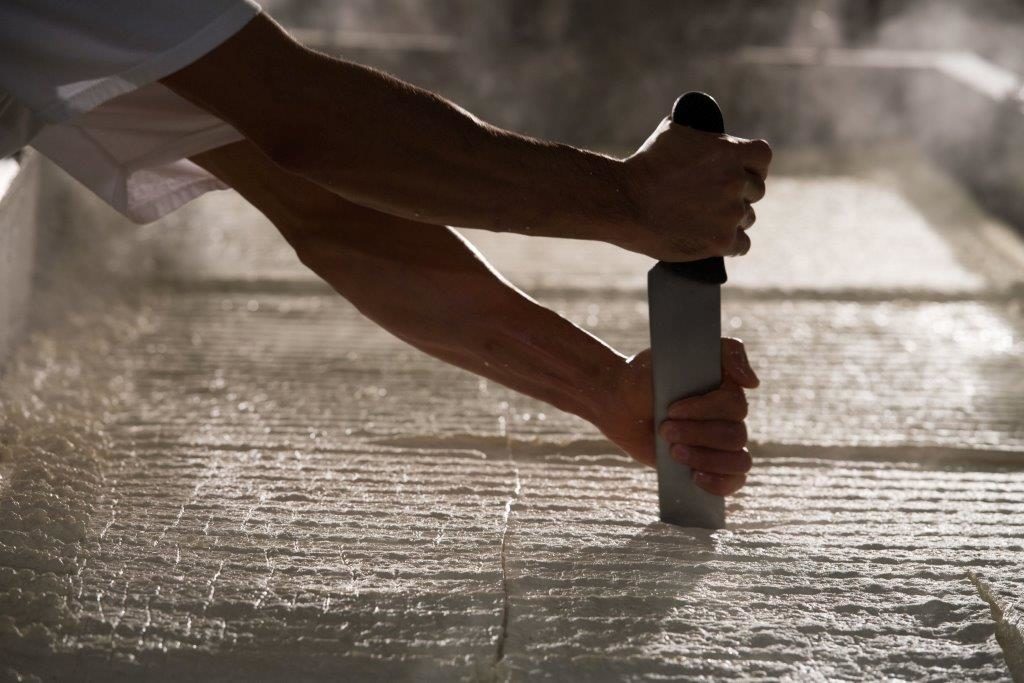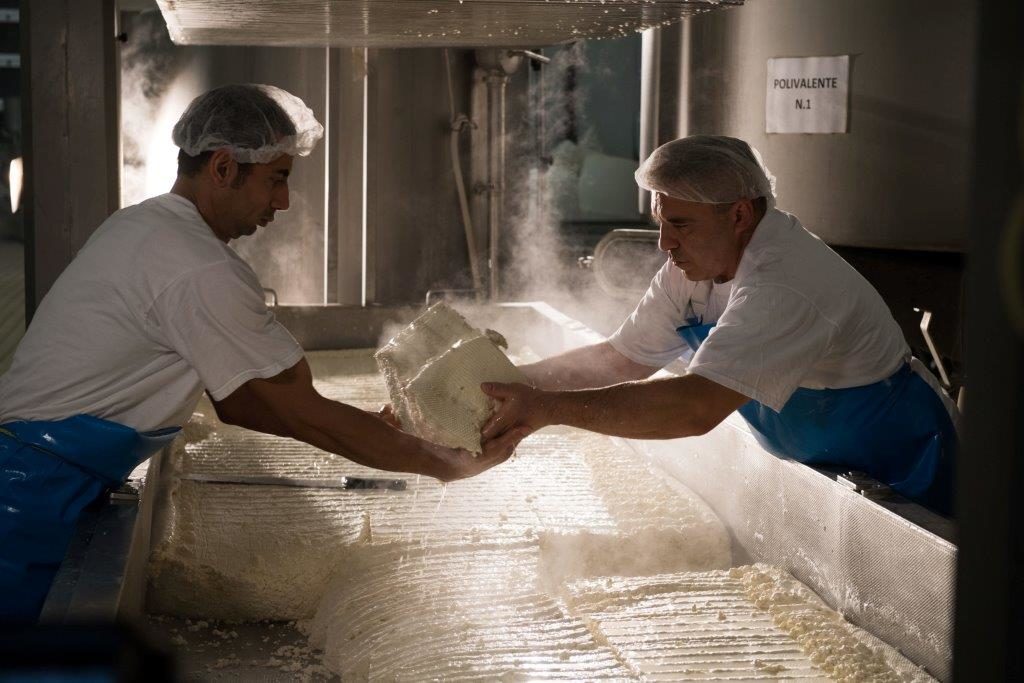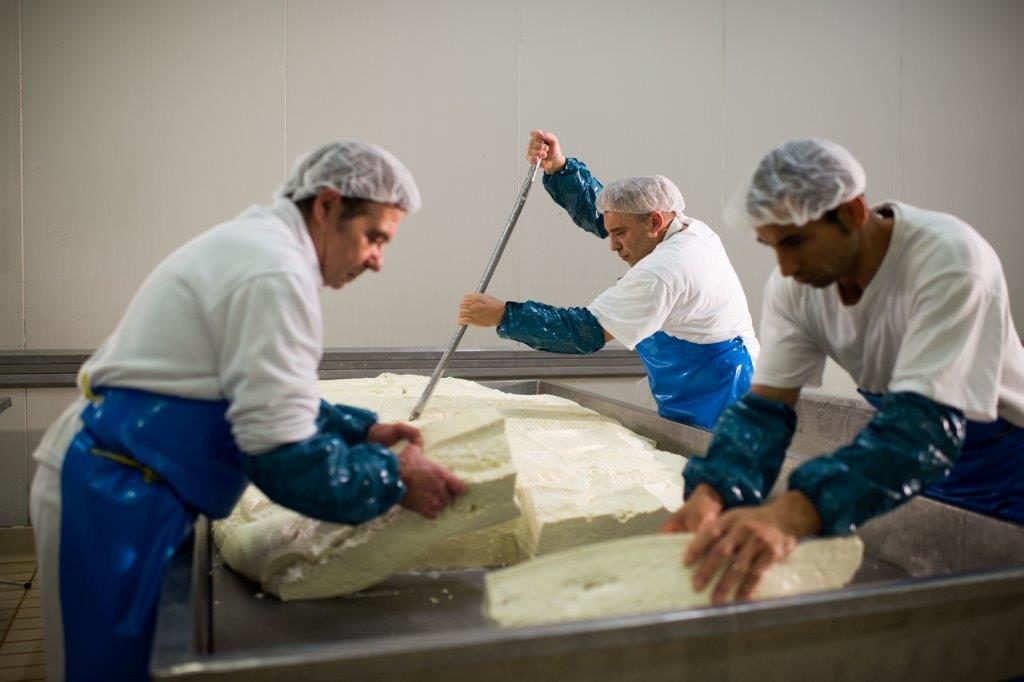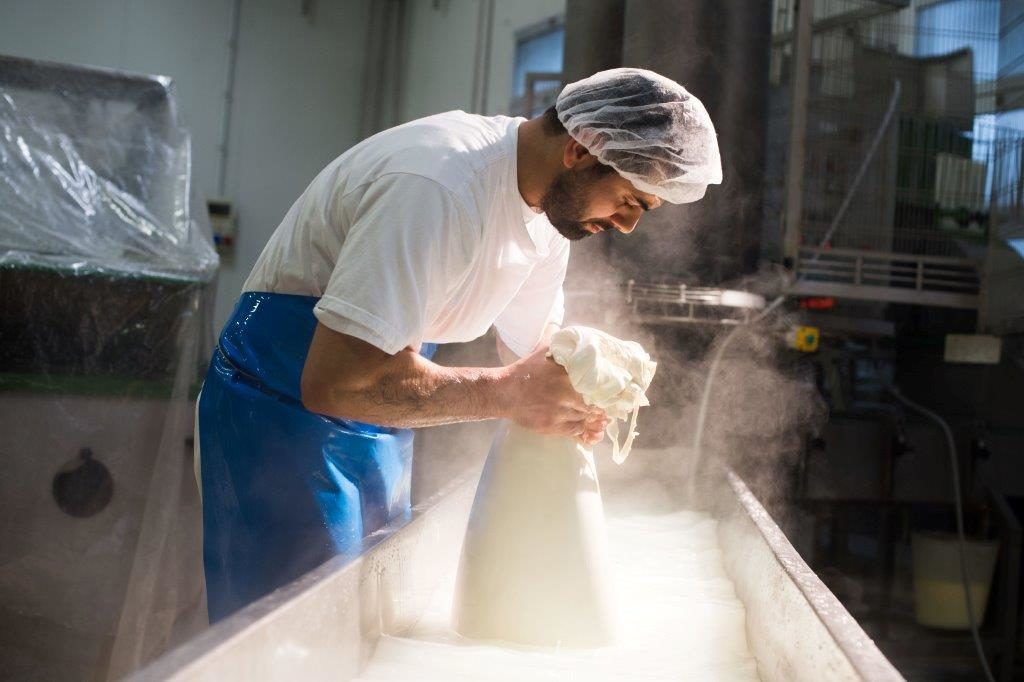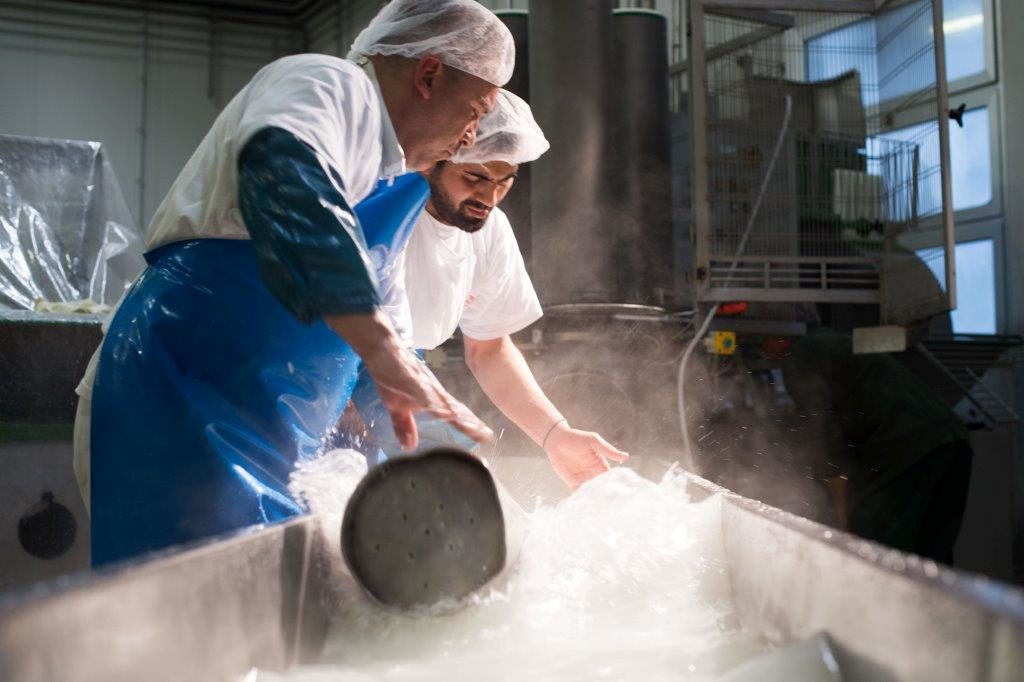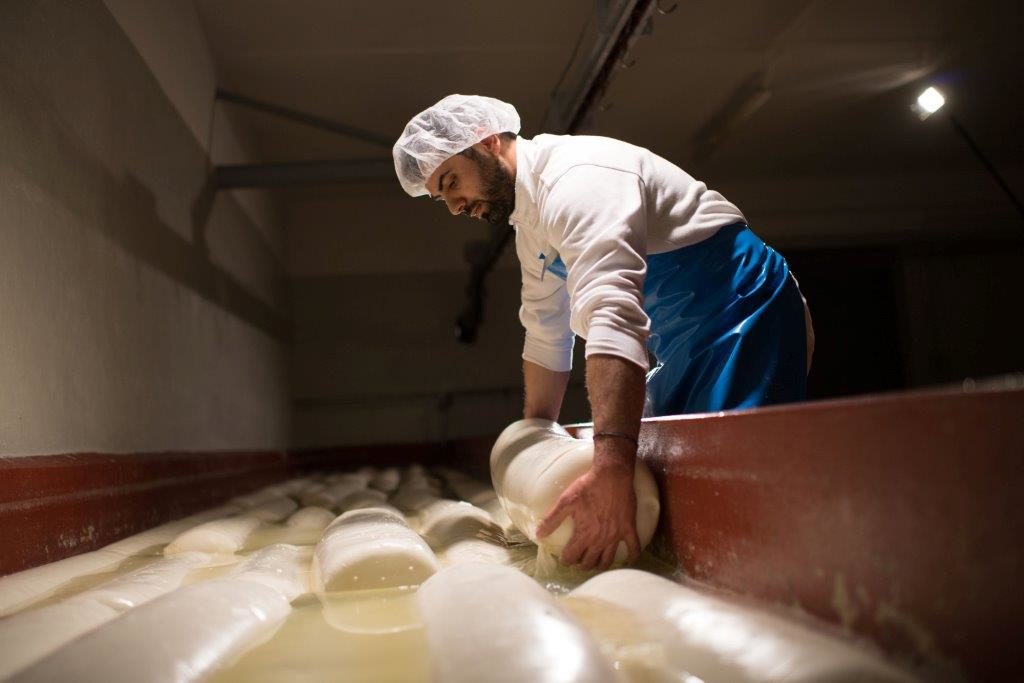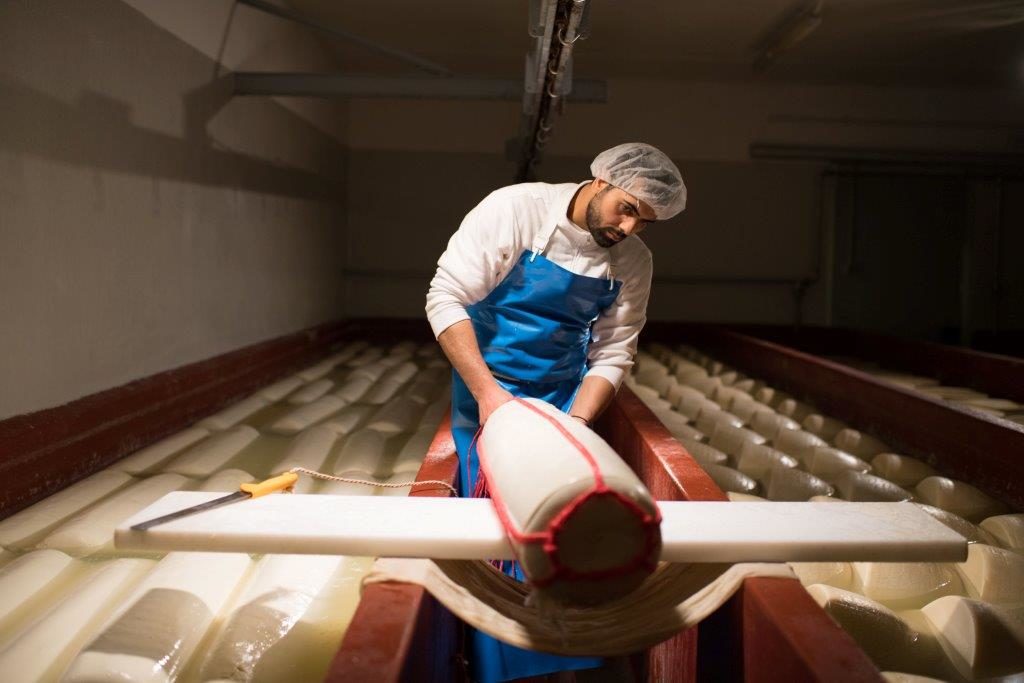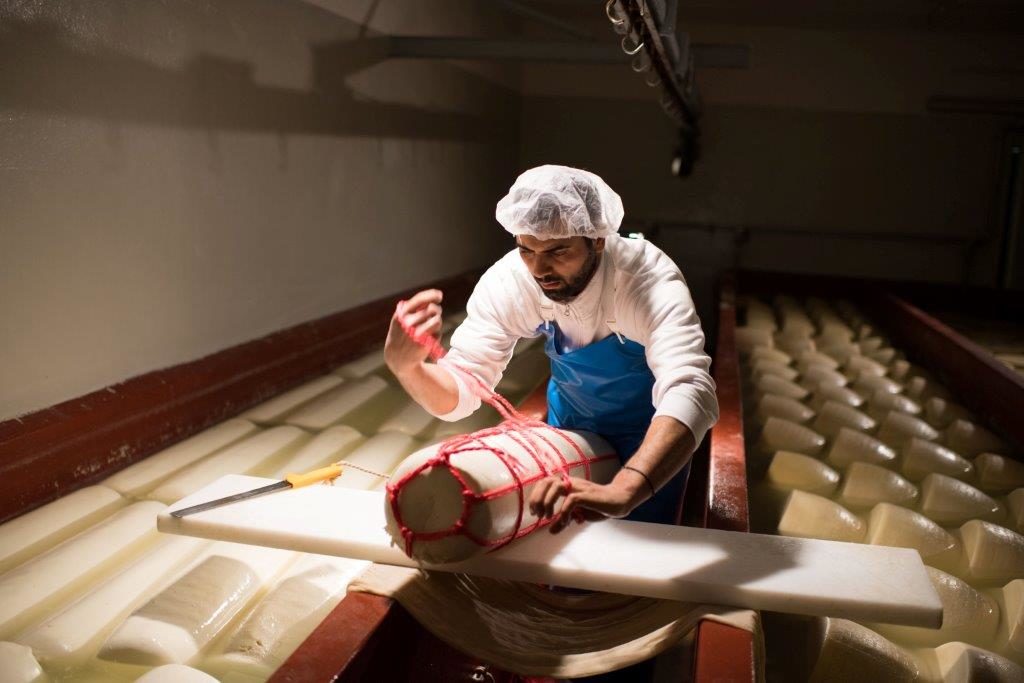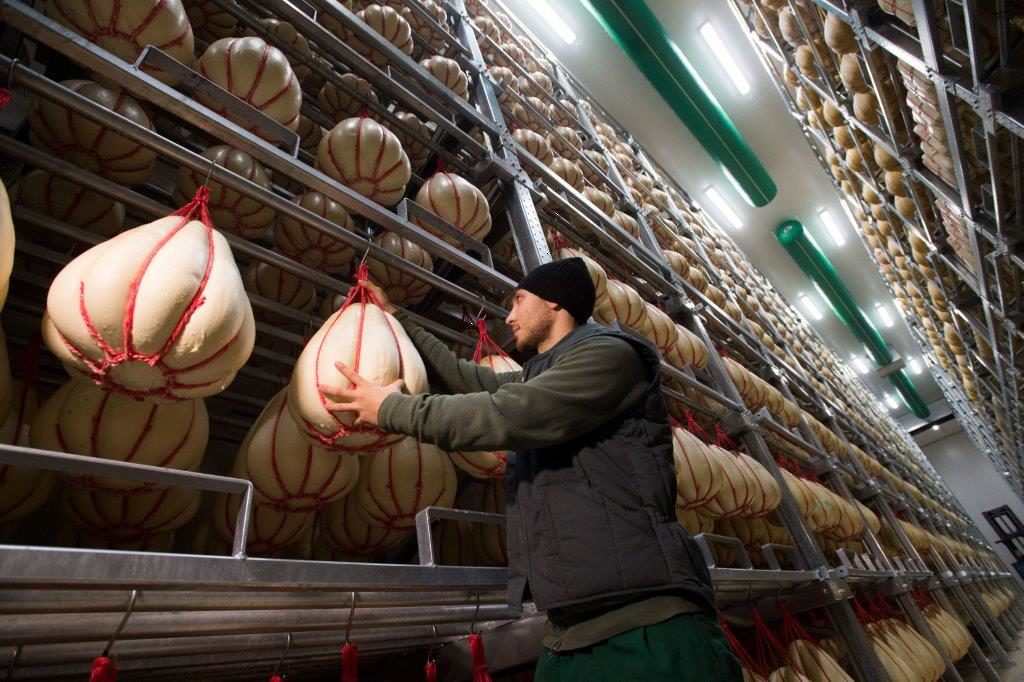Provolone ranks among the highest selling cheese in the United States, with a steady growth hovering near 6%. While there are excellent domestic provolone on the market, often coming from Wisconsin (looking at you Sicuro Provolone!), Italian-produced cheeses truly possess something special. Their time-honored crafting techniques ensure that even a young provolone flaunts a wonderfully lingering, nutty flavor. Follow us in a deep dive in the rich history and fabrication secrets of provolone.
WHAT IS PROVOLONE?
Provolone originated in the Basilicata region, in southern Italy. However, its popularity soon outgrew this secluded region, resulting in a production throughout Italy, though concentrated in Lombardy and the Veneto region.
Provolone falls under the category of “Pasta Filata” cheeses, e.g. “Stretched Curd”. Unlike most cheeses where the curds are simply piled into molds and left to collapse onto themselves and firm up, pasta fillata cheeses are made with curds that have been pulled and stretched before being worked, by hand, into their final shape.

Mozzarella is the most famous cheese of this category. Caciocavallo, Scarmoza, also fall into it. This stretching method creates a cheese that retains a bit of bounce even when aged for long periods of time, and can be pulled into “strings” when young.
Prova comes from Campanian dialect, meaning “round shape”, hinting at the various globe shapes available. Traditional shapes are:
- Boccia
- Mandarini / Mandaroni
- Salami
- Zuccoto
- Provoletti
They are all recognizable by the sturdy web of ropes that hold them together. While the stretched curds are rolled into a rough shape by cheesemakers, the binding ropes are crucial to create the provolone’s characteristic shapes. The drying process also depends on these ropes, as the cheese is hung to ensure an even drying and aging.
Young provolone is aged less than three or four months- the result is a semi-firm, pliable cheese, with a smooth, creamy texture. Its mild nutty flavor makes it a child-friendly, pleasant cheese, perfect for snacking or melting in any dish where ooey-gooey, milky cheese is wanted.
As the provolone ages, it will naturally become drier, and offer up a firmer, less pliable texture. Aged provolone, or “Provolone Piccante” is usually aged from six to twelve months. They remain popular in traditional Italian delis, where you will see large sixty-pounders hanging from the ceiling. Often, a plastic bag is tied to the bottom of the form, as the cheese’s natural oils will pool and drip out as the provolone ages and dries. Gone is the mild milky cheese! Aged provolone offers up a spicy, funky nose and a bold taste that burns and tingles on one’s tongue. It’s perfect with crusty bread and a strong, unfussy Italian red, or grated on pasta dishes.
HOW IS PROVOLONE MADE?
The steps below outline the production process for all Vantia Italian Provolone cheeses.
Fresh Milk arrives every day from a network of local farmers.
The milk is heated, and rennet is added to kick off the formation of curds. The mixture is heated to 37/39 Degrees Celsius (98/102 Farenheit).
The curds are broken up, drained, and cooked at 48/52 degrees Celsius (118/125 Farenheit) for 5 to 8 hours.
Large blocks of curd are cut, depending on the size of the desired provolone.
The blocks are ready to be stretched. This key step, will ensure the final provolone have a perfect springy, yet never rubbery texture.
The pasta filata is placed into molds and/or shaped by hand.
The resulting forms are cooled down and bathe in a lightly salted brine.
Expert cheese makers then hand-tie the product, so that it can be securely hung.
Time for a dip! The full forms are dipped in a light bath of wax, in order to protect them from any bad molds. The cheese is aged until the cheesemaker deems it ready – a Provolone Dolce will be cured less than 3 months, while Piccante can be aged up to several years.
The Final result!

